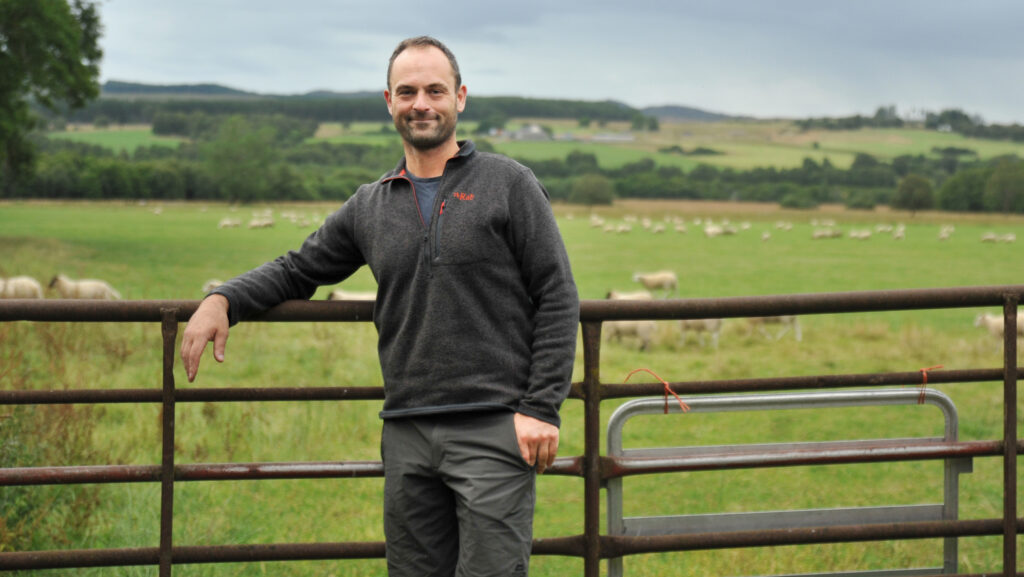Farmer Focus: Tractor in flames as clean grazing starts
 David Girvan © Michelle Scott
David Girvan © Michelle Scott Apart from the last couple of ewes, 2024 lambing is done at time of writing.
After some significant number changes, reducing to 180 ewes this year – 550 less than last year – lambing proved to be very straightforward.
Fortunately, we missed all the bad weather, and the ewes were mostly in good condition.
See also: The risks of dog faeces to livestock and how to prevent them
While I was worried this would result in big singles, we only had to pull a couple, which I put down to the easy-lambing Exlana and New Zealand Suffolk tups.
We faced a milk fever challenge before lambing, possibly triggered by a move to better grazing. Affected ewes responded well to an injection of calcium.
With ewes stocked at 8.5/ha, and favourable weather, grass growth was quickly exceeding demand. Lambs are looking well and have had a good start.
This year, we have decided to try a proper clean grazing system.
All ewes have lambed on one farm and have since been walked over to the other farm, where they will stay until after lambing next year.
They will then be relocated to the original farm, and so on.
This should mean newly lambed ewes are going onto ground that has been sheep-free for 12 months.
Less exposure to parasites should improve growth rates. It will also be a positive change for general sheep health, as we transition to organic production.
We’d like to thank the Scottish Fire and Rescue Service, who responded to a call for help on the farm this week, as our trusty 17-year-old John Deere 5820 went up in flames.
Luckily, nobody was injured and the fire was contained before they arrived. The fire brigade complimented us on our bulls, which were right next to the fire.
They were quite inquisitive and not bothered by the commotion, instead getting the benefit of a cool down from the fire hose.
We recently enjoyed hosting a Norfolk farming group, which brought together a broad mix of farmers exchanging experiences in an ever-changing policy backdrop on both sides of the border.
We met some fellow pumpkin growers and learnt some valuable insights that could help us improve our crop.
And as a thank-you we received wine from a Norfolk vineyard, which has given me the taste for more learning.

